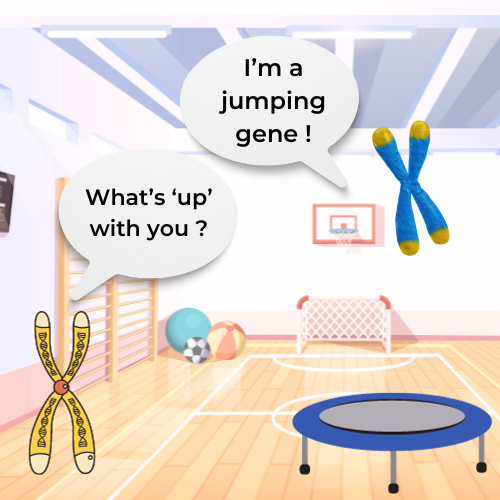The Most Recent Evidence Could Be Very Wrong (PT#6 May 24)
Barbara McClintock and the Tale of "Jumping Genes"
Anecdotally, the phrase "the most recent evidence is strongest" often guides our understanding. But what if the most recent evidence is actually wrong? This question could be discussed in ToK Essay 6, including the seminal work of geneticist Barbara McClintock and her discovery of "jumping genes," or transposons.
Challenging the Status Quo
In the mid-20th century, the prevailing genetic theory posited that genes were static entities, fixed in place on chromosomes. The most recent evidence, comprising years of research and experiments, strongly supported this theory. Into this orthodoxy stepped Barbara McClintock, equipped with her work on maize (corn) genetics. Her findings suggested something revolutionary—that genes could "jump" from one location to another on the chromosome.
Defying the Evidence
McClintock's research faced overwhelming scepticism. After all, the most recent evidence seemed to directly contradict her claims. She discovered that during the process of cell division, certain genes changed their position, thereby altering the cell's genetic instructions. This dynamic rearrangement, far removed from the static model, was not only groundbreaking but also counter to every piece of prevailing evidence in genetics at the time.
Vindication and a Nobel Prize
Initially, her work was so contrary to existing paradigms that it took decades for the scientific community to catch up. It wasn't until the 1970s and 1980s that more advanced technology and new forms of evidence verified her claims. In 1983, McClintock was awarded the Nobel Prize in Physiology or Medicine for her work on transposons, finally vindicating her years of isolated research.
Thoughts for ToK Essay 6
This story could be a useful real world example for ToK Essay 6. It reminds us that evidence is not a static concept. What is considered the "most recent evidence (strongest)" today could very well be discredited tomorrow. Barbara McClintock's journey demonstrates the scientific courage required to challenge prevailing evidence and push the boundaries of what we consider to be the most accurate knowledge.
Find out more about this essay title in the overview discussion with Gareth Stevens.
This is just a start of the type of overview that you can find in our ToK Essay 6 Guidance Notes, in these notes we cover the basics of the relationship between the recency of evidence and its strengths. We also look at some of the higher level arguments on the different types of evidence, and how this changes what we might define as its ‘strengths’. This year we have two versions of the notes:
The Foundation Notes fully unpack the title, explore different ways to approach the concepts in the title, and explain a number of knowledge arguments that could be used. These notes are 4,000-5,000 words.
The Complete Guide has all of the same content as The Foundation Notes, and in addition has fully explained real life examples to illustrate each knowledge argument.The Complete Guide also has evaluation points and implications for each knowledge argument. These notes are 8,000-11,000 words.
You can find essay guidance notes for all of the essay titles at this link.
Stay Toktastic my friends,
Daniel,
Bangkok, September
Detailed guidance video for Essay #6 May 24



